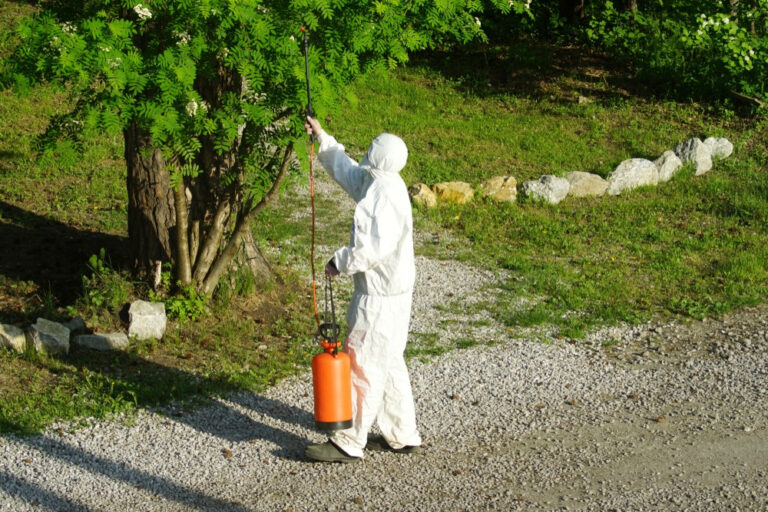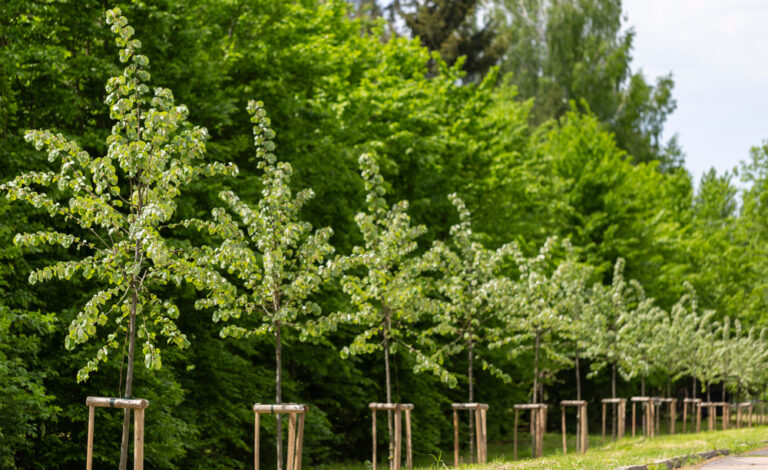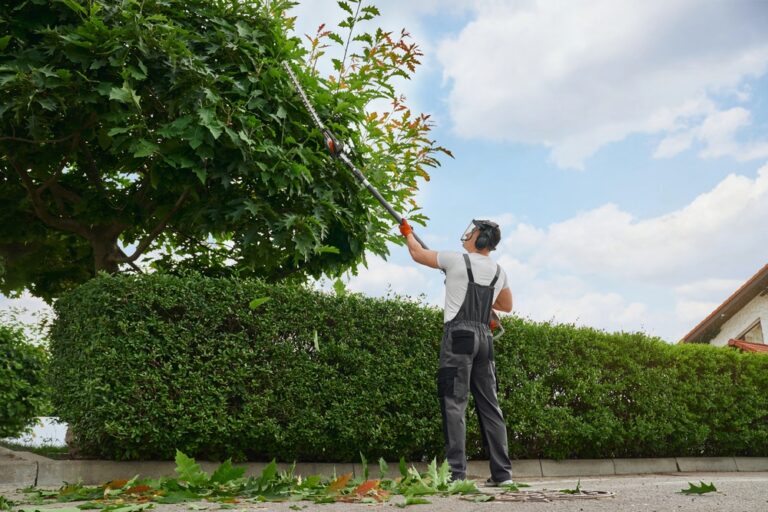The Importance of Knowing the Signs of a Healthy Tree in Richmond, VA
In the heart of Richmond, VA, where the bustling urban landscape meets the tranquility of nature, trees stand as silent sentinels, guardians of the city’s well-being. Beyond their aesthetic appeal, trees play a vital role in maintaining ecological balance, enhancing air quality, and contributing to the overall health and vitality of the community. However, not all trees in Richmond are flourishing. Understanding the signs of a healthy tree versus an unhealthy one is crucial for preserving the urban forest and safeguarding the benefits it provides. In this comprehensive guide, we will delve into the significance of trees in Richmond, explore the distinguishing features of healthy and unhealthy trees, discuss common tree diseases prevalent in the area, provide actionable tips for maintaining tree health, and emphasize the importance of proactive tree care.
Importance of Trees in Richmond, VA
Richmond’s urban forest is more than just a collection of greenery; it is a dynamic ecosystem teeming with life and vitality. From the majestic oak to the graceful maple, trees of diverse species adorn the cityscape, providing myriad benefits to its inhabitants. One of the most critical roles trees play is in purifying the air we breathe. Through the process of photosynthesis, trees absorb carbon dioxide and other pollutants, releasing oxygen into the atmosphere and filtering harmful particulate matter. This natural air purification system helps mitigate the effects of urban pollution, improving air quality and promoting public health.
Moreover, trees offer respite from the sweltering heat of summer, their lush canopies providing shade and cooling the surrounding environment. By reducing the temperature in urban areas, trees help alleviate the urban heat island effect, which can lead to higher energy consumption and heat-related illnesses. Additionally, the presence of trees has been linked to higher property values and increased economic activity. Neighborhoods adorned with mature trees are often perceived as more desirable places to live, attracting homebuyers and fostering a sense of community pride.
Furthermore, trees serve as vital habitats for a diverse array of wildlife, from songbirds to squirrels to insects. Their branches provide nesting sites, while their foliage offers food and shelter for countless species. By preserving and nurturing the urban forest, we not only support biodiversity but also create sanctuaries for wildlife in the midst of the city.
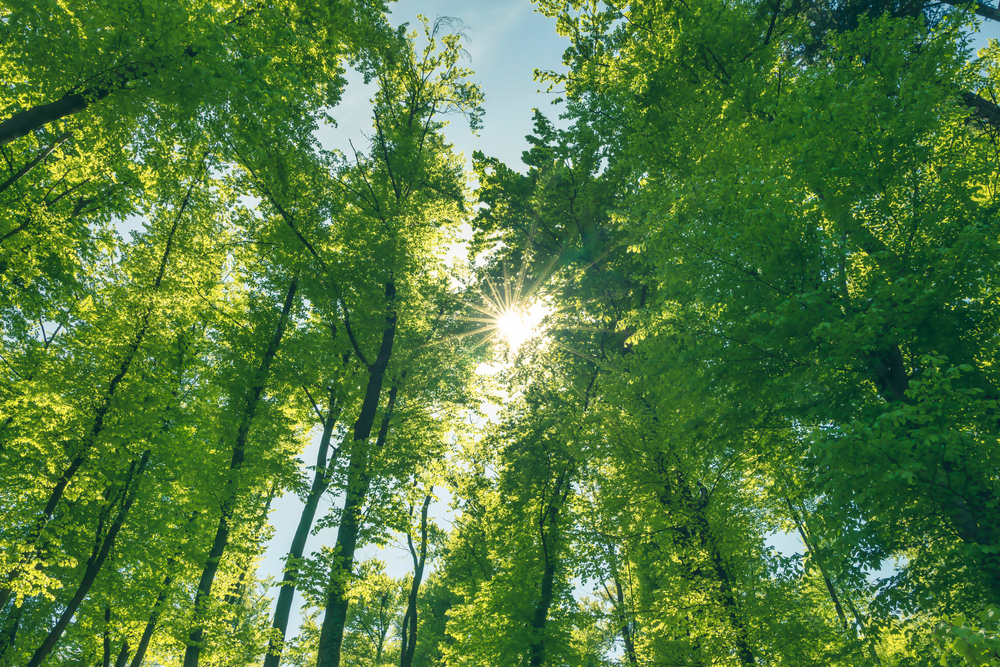
Signs of a Healthy Tree
Identifying a healthy tree is akin to recognizing the embodiment of vitality and strength. A healthy tree exhibits a robust trunk, free from wounds or deformities, that serves as the anchor for its sprawling canopy. Its branches are abundant and well-distributed, forming a balanced and symmetrical crown. Throughout the growing season, the tree’s foliage is lush and vibrant, with leaves that are uniformly green and free from discoloration or wilting.
Beneath the surface, a healthy root system provides a strong foundation for the tree, anchoring it firmly to the ground and facilitating the uptake of water and nutrients. Healthy roots are characterized by their firmness and resilience, indicating active growth and vitality. Regular inspection of the root collar—the area where the trunk meets the soil—is essential for detecting signs of root rot or other soil-borne diseases.
In addition to physical characteristics, the overall vigor and vitality of a tree are evident in its growth patterns and behavior. A healthy tree will exhibit steady growth, with new branches and leaves emerging each season. It will also demonstrate resilience in the face of environmental stressors, such as drought or extreme temperatures, by maintaining its vigor and vitality.
Signs of an Unhealthy Tree
Conversely, an unhealthy tree displays visible symptoms of distress and decline. Wilted or dead branches, sparse foliage, and discolored leaves are telltale signs of an ailing tree. These symptoms may be indicative of various underlying issues, including pest infestations, diseases, nutrient deficiencies, or environmental stressors.
One of the most common signs of tree distress is the presence of dead or dying branches within the canopy. These branches may exhibit a lack of foliage, brittle or withered leaves, or signs of decay such as fungal growth or wood discoloration. Additionally, the presence of insect pests, such as borers or aphids, can further exacerbate tree decline by feeding on leaves, stems, or roots and transmitting diseases.
Another indicator of tree health is the condition of the trunk and bark. Cracks, cankers, or lesions on the trunk may signal structural weaknesses or internal decay. Discoloration or abnormal swelling of the bark may also indicate the presence of fungal or bacterial infections. Regular inspection of the trunk and branches can help identify these issues early on and prevent further damage to the tree.
Common Tree Diseases in Richmond, VA
Richmond’s diverse tree population is susceptible to a variety of diseases, each posing unique challenges to tree health and vitality. One of the most prevalent tree diseases in the area is oak wilt, caused by the fungus Ceratocystis fagacearum. This deadly disease primarily affects oak trees, causing wilting, leaf discoloration, and eventual death. Oak wilt spreads rapidly through the interconnected root systems of trees and can decimate entire stands of oaks if left unchecked.
Another significant threat to Richmond’s trees is Dutch elm disease, caused by the fungus Ophiostoma ulmi and spread by bark beetles. Dutch elm disease targets elm trees, causing wilting, yellowing of foliage, and eventual tree death. The disease spreads rapidly through the vascular system of the tree, blocking water and nutrient flow and leading to rapid decline.
Anthracnose is another common fungal disease that affects a wide range of tree species in Richmond, including maples, sycamores, and oaks. Anthracnose manifests as leaf spots, blights, or cankers, causing defoliation and weakening the tree’s overall health. The disease thrives in wet and humid conditions, making it particularly prevalent during periods of heavy rainfall or high humidity.
Other notable tree diseases in the area include dogwood anthracnose, powdery mildew, and bacterial leaf scorch, each presenting its own set of challenges and management strategies. Prompt identification of symptoms and implementation of appropriate control measures, such as pruning infected branches, applying fungicides, or improving soil drainage, are essential for managing tree diseases and preserving the health of Richmond’s urban forest.
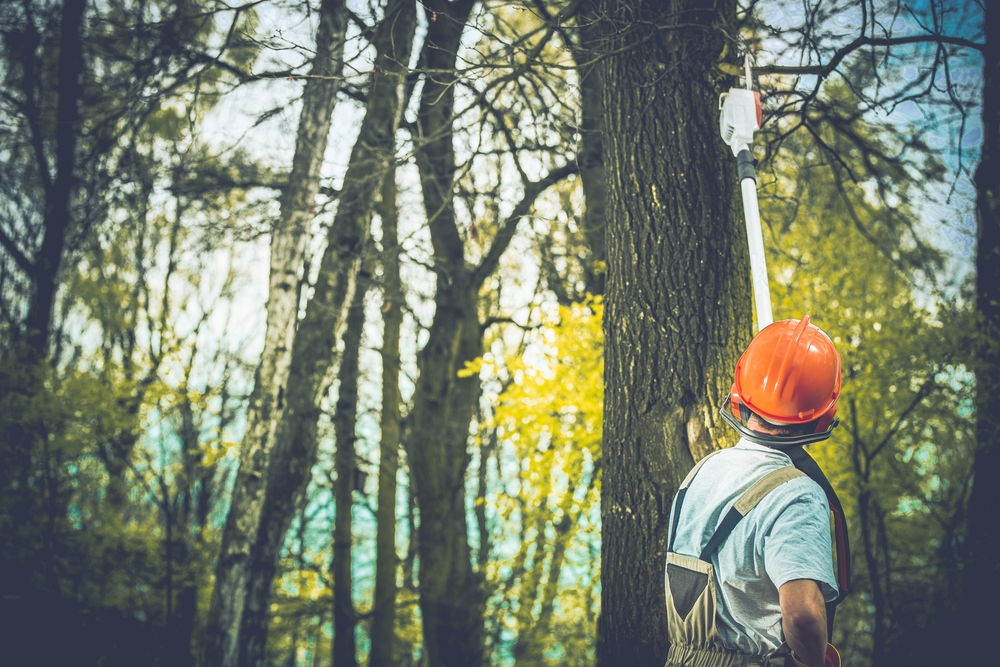
Tips for Maintaining Healthy Trees
Maintaining healthy trees requires a proactive approach that addresses both preventive and corrective measures. One of the most important aspects of tree care is ensuring adequate water availability, especially during periods of drought or extreme heat. Deep watering, performed at regular intervals, promotes root growth and helps trees withstand periods of water stress.
Proper pruning is another essential component of tree maintenance, as it helps remove dead, diseased, or structurally weak branches, improving airflow and reducing the risk of fungal infections. Pruning should be performed by trained professionals using industry-standard techniques to minimize damage to the tree and promote optimal healing.
In addition to watering and pruning, fertilization can help replenish essential nutrients in the soil and promote healthy growth. Soil testing can provide valuable insights into nutrient deficiencies or imbalances, allowing for targeted fertilization strategies tailored to the specific needs of the tree.
Regular inspection and monitoring of tree health are also crucial for early detection of pests, diseases, or other issues. Property owners should be vigilant for signs of tree distress, such as wilting foliage, abnormal leaf coloration, or unusual growth patterns, and take appropriate action to address underlying issues.
Consulting with a certified arborist can provide valuable insights and expertise in tree care and maintenance. Arborists are trained professionals with specialized knowledge in tree biology, health assessment, and management techniques. They can conduct thorough inspections, diagnose tree problems, and recommend appropriate treatment options tailored to the specific needs of the tree and its environment.
Conclusion
In conclusion, trees are indispensable assets to the urban landscape of Richmond, VA, providing numerous benefits to the environment, economy, and community. By understanding the signs of a healthy tree versus an unhealthy one and implementing proactive tree care practices, residents can contribute to the preservation and vitality of Richmond’s urban forest. Let us all be stewards of the trees that adorn our streets, parks, and neighborhoods, nurturing them with care and attention to ensure a green and thriving future for generations to come. Together, we can safeguard the beauty and benefits of Richmond’s urban canopy for years to come.
Tree Trimming Richmond
(804) 533-3943
https://treetrimmingrichmond.com/

